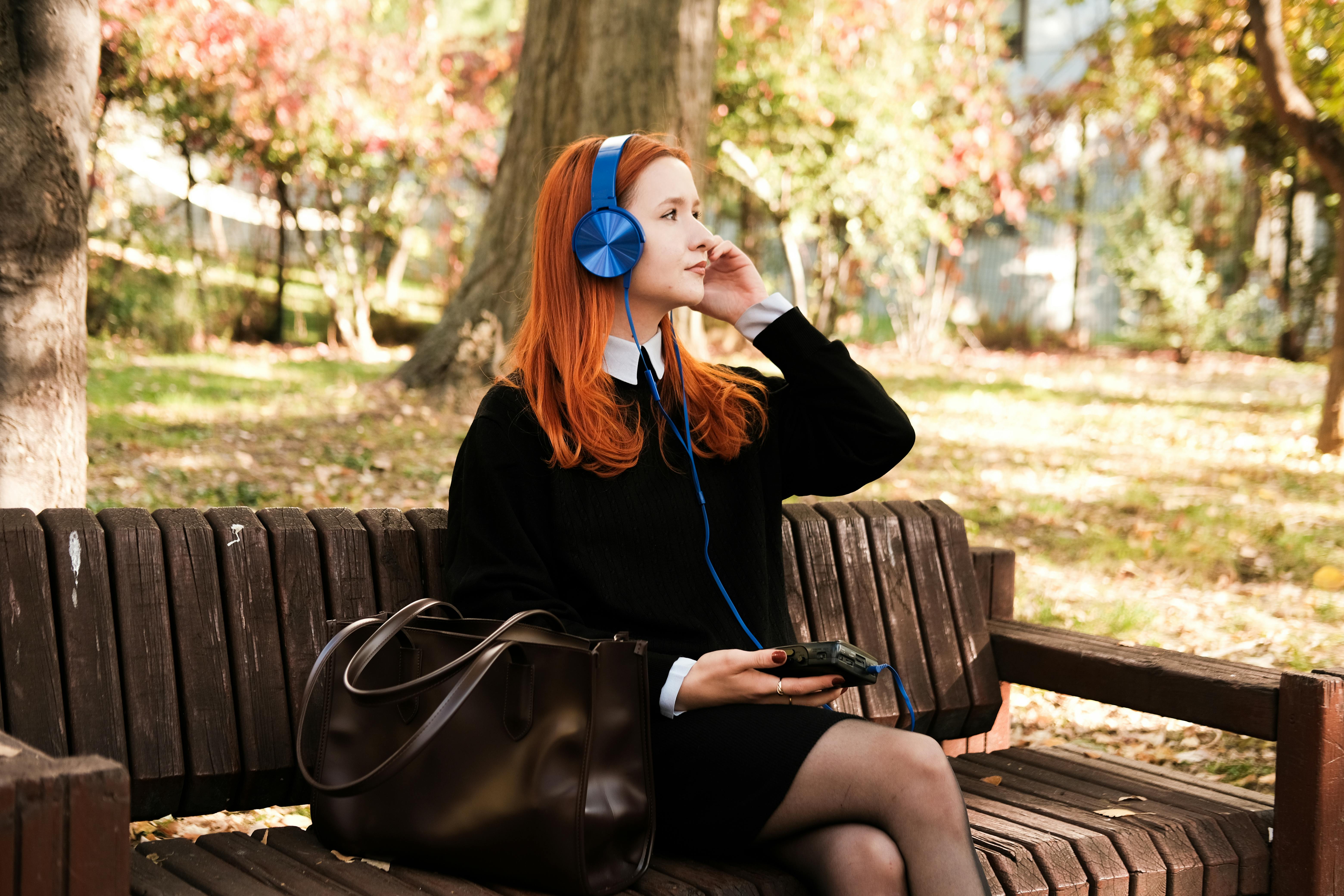堪萨斯州立大学|Kansas State University
2017-06-15 383阅读
Kansas State University, officially named Kansas State University of Agriculture and Applied Science but commonly shortened to K-State, is an institution of higher learning located in Manhattan, Kansas, in the United States. A branch campus, including the College of Technology and Aviation, is located in Salina, Kansas. Kansas State has an official enrollment of 23,332 students for the 2007 2008 school year.
History
Kansas State University, originally named Kansas State Agricultural College, was founded on February 16, 1863 as a Land Grant institution under the Morrill Act.The school was the first Land Grant college newly created under the Morrill Act although several other universities claim to be the oldest Land Grant school. K-State is the fourth-oldest school in the Big 12 Conference and the oldest public university in the state of Kansas.
The institution was initially located on the grounds of the old Bluemont Central College, which was incorporated in Manhattan by the Kansas Territorial legislature in 1858.The university moved to its present site in 1875.
The early years of the institution witnessed debate over whether the college should provide a focused agricultural education or a full liberal arts education. During this era, the tenor of the school shifted with the tenure of the Presidents. For example, President John A. Anderson (1873-1879) favored a limited education and President George T. Fairchild (1879-1897) favored a classic liberal education. Also during this era, in 1882, the study of home economics originated at Kansas State. Currently, the university offers a full range of majors and many graduate programs.
The name of the school was changed in 1931 to Kansas State College of Agriculture and Applied Science. In 1959, the name was changed again to Kansas State University to rlect a growing number of graduate programs[9]. From 1943 to 1950, Milton S. Eisenhower was President of the University, being succeeded by Dr. James McCain, who served from 1950 to 1975. Buildings, including residence halls and a student union, were added to the campus in the 1950s. The 1960s witnessed demonstrations against the Vietnam war, though fewer than at other college campuses. Enrollment was relatively high through most of the 1970s, but the university endured a downward spiral from approximately 1976 to 1986, when enrollment decreased to 17,570 and a number of faculty resigned. In 1986, Dr. Jon Wald assumed the presidency of Kansas State University. The university community responded well to Wald s management style, and enrollment and donations increased under his leadership. Wald also introduced an innovative student recruitment office, which lured students from all over Kansas and the United States, and expanded the international student program. On May 12, 2008, Wald announced that he would retire at the end of the 2008-2009 academic year.
Research and cultural resources
Physics
Among the university s research facilities are the James R. Macdonald Laboratory for research in atomic, molecular and optical physics and the NASA Center for Gravitational Studies in Cellular and Developmental Biology. The excimer laser, which made LASIK eye surgery possible, is among the inventions discovered by Kansas State researchers.
Other research facilities include:
Insitute for Environmental Research
The National Gas Machinery Laboritory
TRIGA Mark II Nuclear Research Facility
Semiconductor Materials and Radiological Technologies (S.M.A.R.T.) Laboratory
Center for Complex Fluid Flows
Agriculture
The university has had a long-standing interest in agriculture, particularly native Great Plains plant and animal life. The Kansas State University Gardens is an on-campus horticulture display garden that serves as an educational resource and learning laboratory for K-State students and the public. The Konza Prairie is a native tallgrass prairie preserve located south of Manhattan, which is co-owned by The Nature Conservancy and Kansas State University and operated as a field research station by the Department of Biology. The university also owns an additional 18,000 acres across the state that it operates as Agricultural Experiment Stations in research centers in Hays, Garden City, Colby, and Parsons.
Arts and culture
The university is home to several museums, including the Marianna Kistler Beach Museum of Art, the KSU Historic Costume and Textile Museum, and the Chang, Chapman and Kemper Galleries which feature faculty and student artwork. The university also offers an annual cycle of performance art, including concerts, plays and dance, at McCain Auditorium.
Landon Lecture Series
The Landon Lecture Series is offered by Kansas State University for students, faculty and the community. The Landon Lecture Series is named in honor of former Kansas governor and presidential candidate, Alfred Landon.
Prominent leaders and former leaders, primarily political or heads of government, have given speeches in the series. On January 23, 2006, U.S. President George W. Bush delivered the University s 143rd Landon Lecture at Bramlage Coliseum. On March 2, 2007, his predecessor, Bill Clinton, delivered the 149th Landon Lecture. Overall, six U.S. Presidents and three foreign presidents have given Landon Lectures at K-State.There are approximately four speakers per year.
Campus
The main campus of Kansas State University in Manhattan covers 668 acres. Since 1986, Kansas State has added over 2 million square feet (186,000 m2) of buildings to the campus, including a new library, art museum and plant sciences building.
Main campus buildings:
Ackert Hall
Ahearn Field House
Anderson Hall
Beach Museum of Art
Bill Snyder Family Football Stadium
Bluemont Hall
Boyd Hall
Bramlage Coliseum
Brandeberry Indoor Complex
Burt Hall
Bushnell Hall
Call Hall
Calvin Hall
Campus Creek Complex
Cardwell Hall
Chalmers Hall
Chemistry Biochemistry Building
Chester E. Peters Recreation Complex
Coles Hall
College Court Building
Danforth All Faiths Chapels
Davenport Building
Derby Food Center
Dickens Hall
Dole Hall
Durland Hall
Dykstra Hall
Edwards Hall
Eisenhower Hall
English/Counseling Services
Environmental Research Lab
Extension Forestry Facilities
Fairchild Hall
Bluemont Bell and Dickens Hall
Feed Technology
Fiedler Hall
Ford Hall
Gen. Richard B. Myers Hall
Goodnow Hall
Greenhouse D - Conservatory
Hale Library
Haymaker Hall
Holin Stone House
Holton Hall
Holtz Hall
International Student Center
Jardine Terrace Apartments
Justin Hall
Kansas Artificial Breeding Service Unit
K-State Student Union
Kedzie Hall
King Hall
Kramer Food Center
Leasure Hall
Margaret Ahlborn/Ula Dow Cottage
Marlatt Hall
McCain Auditorium
Memorial Stadium
Moore Hall
Mosier Hall
Nichols Hall
Pittman Building
Power Plant
Putnam Hall
Rathbone Hall
Seaton Hall
Shellenberger Hall
Straube House, UFM Community Learning Center
Thompson Hall
Throckmorton Hall
Trotter Hall
Umberger Hall
Van Zile Hall
Ward Hall
Waters Hall
Weber Hall
West Hall
Willard Hall
Wind Erosion Laboratory
Student life
Residential life
Kansas State has 10 residence halls on campus: Boyd Hall, Ford Hall, Goodnow Hall, Haymaker Hall, Marlatt Hall, Moore Hall, West Hall, Putnam Hall, Van Zile Hall, and Smurthwaite as well as the KSU Jardine Apartments. Ford and Boyd Halls are all female and Marlatt Hall is all male. The residence halls are divided into three complexes: Derby, Kramer, and Strong.
Student organizations
Kansas State has more than 400 student organizations.
The Student Governing Association is the largest organization of student leaders composed of elected and appointed officials. The Student Governing Association is modeled after the U.S. government, with executive, legislative, and judicial branches.
The Executive Branch of SGA is composed of a Student Body President and Student Body Vice President (elected at large by the student body) and their appointed cabinet members, who must be approved by the Student Senate.
The Legislative Branch of SGA is composed of a Student Senate; Senators are elected by the student body and serve one-year terms. It is also composed of five standing committees, which are the Student Council Allocations Committee, Governmental Relations Committee, Senate Operations Committee, Privilege Fee Committee, and the University Relations Committee.
The Judicial Branch of SGA is composed of five main judicial boards - Student Tribunal, Student Review Board, Parking Citations Appeals Board, Judicial Council, and Housing Dining Services Judicial Boards - and other judges appointed through a needed Ad Hoc judicial board when deemed necessary by the student Attorney General and judicial branch advisor. Judicial board members are nominated by the SGA Attorney General and the Student Body President, in consultation with the Student Senate Chair and must be approved by the Student Senate. Judicial board members serve one-year terms.
The highest ranking of these judicial boards is the Student Tribunal, where its members, the Chancellor and Associate Justices, interpret the Constitution of SGA, tries bills of impeachment, and acts as the final appellate court of the judiciary bore appeals go to the University President.
All SGA judicial boards are headed by the student Attorney General; he or she is nominated by the Attorney General Nominee Interview Committee, which is comprised of six student senators appointed by the Student Senate Chair, and three judicial members appointed by the current Attorney General or Chancellor of the Student Tribunal, where they recommend the selected student to the Student Body President for appointment.
Student media
Radio Station: Wildcat 91.9 Student Radio
Newspaper: Kansas State Collegian
Yearbook: Royal Purple Yearbook
Television: Purple Power Hour Manhattan Matters
Athletics
Men s basketball
Kansas State s men s basketball team began competition in 1902. The program has appeared in 23 NCAA basketball tournaments. Kansas State lost to the University of Kentucky for the national championship in 1951, reached the Final Four four times, the Elite Eight 11 times, and the Sweet Sixteen 16 times. When Street Smith s Annual listed the 100 greatest college basketball programs of all time in 2005, K-State ranked 22nd. Despite the strong tradition, until the last couple of years the Wildcats had struggled in more recent times. The team returned to postseason play after 2006-2007 regular season, being invited to the NIT Tournament under first-year head coach Bob Huggins. The Wildcats ended the season with a record of 23-12, two wins shy of the school record for victories. After Huggins lt to coach his alma mater West Virginia, first-time collegiate head coach Frank Martin took over as coach for the 2007-08 season. Martin led a freshman-dominated team to 21 wins and a third-place finish in the Big 12 Conference with a conference record of 10-6. The Wildcats also earned their first berth to the NCAA Tournament since 1996, where they deated USC in the first round bore falling to Wisconsin in the second. Following the season, Kansas State freshman Michael Beasley was named an All-American and Big 12 Conference Player of the Year.
Football
Kansas State s football team began play in 1893. The first game on Thanksgiving Day was against St. Mary s Academy; K.S.A.C. won 18-10.[18] Despite some shining moments in the 1920s and 1930s, the school was historically one of the worst programs in the NCAA. Kansas State was the first NCAA team to lose 500 games. It all changed in 1989, when the athletic department hired Bill Snyder as head coach. Success and high rankings followed, culminating in a #1 national ranking during the 1998 season and a Big 12 Conference championship in 2003. Bill Snyder retired following the 2005 season, and Ron Prince was named the new head coach. In his first season, Prince guided the Wildcats to the school s first winning record (7-6) in three years and a spot in the inaugural Texas Bowl against Rutgers University. Prince s second season ended with a 5-7 record. The KSU Marching Band, also known as the Pride of Wildcat Land, performs at all home football games.
Baseball
Kansas State s baseball team began play in 1897. The Wildcats earned what is believed to be the school s first varsity championship in 1907 under coach Mike Ahearn. The Wildcats went on to win a Missouri Valley Conference championship in 1928 and Big Six Conference championships in 1930 and 1933. The Wildcats have not won a baseball conference championship since. Recently, fifth-year head coach Brad Hill led the Wildcats to three consecutive years of 30-plus wins, including a trip to the Big 12 tournament in 2007. Hill s teams have also earned national rankings in three of his first four seasons.
留学咨询
更多出国留学最新动态,敬请关注澳际教育手机端网站,并可拨打咨询热线:400-601-0022
留学热搜
相关推荐
- 专家推荐
- 成功案例
- 博文推荐

Copyright 2000 - 2020 北京澳际教育咨询有限公司
www.aoji.cn All Rights Reserved | 京ICP证050284号
总部地址:北京市东城区 灯市口大街33号 国中商业大厦2-3层









高国强 向我咨询
行业年龄 11年
成功案例 2937人
留学关乎到一个家庭的期望以及一个学生的未来,作为一名留学规划导师,我一直坚信最基本且最重要的品质是认真负责的态度。基于对学生和家长认真负责的原则,结合丰富的申请经验,更有效地帮助学生清晰未来发展方向,顺利进入理想院校。
Tara 向我咨询
行业年龄 6年
成功案例 1602人
薛占秋 向我咨询
行业年龄 10年
成功案例 1869人
从业3年来成功协助数百同学拿到英、美、加、澳等各国学习签证,递签成功率90%以上,大大超过同业平均水平。
Cindy 向我咨询
行业年龄 18年
成功案例 4806人
精通各类升学,转学,墨尔本的公立私立初高中,小学,高中升大学的申请流程及入学要求。本科升学研究生,转如入其他学校等服务。